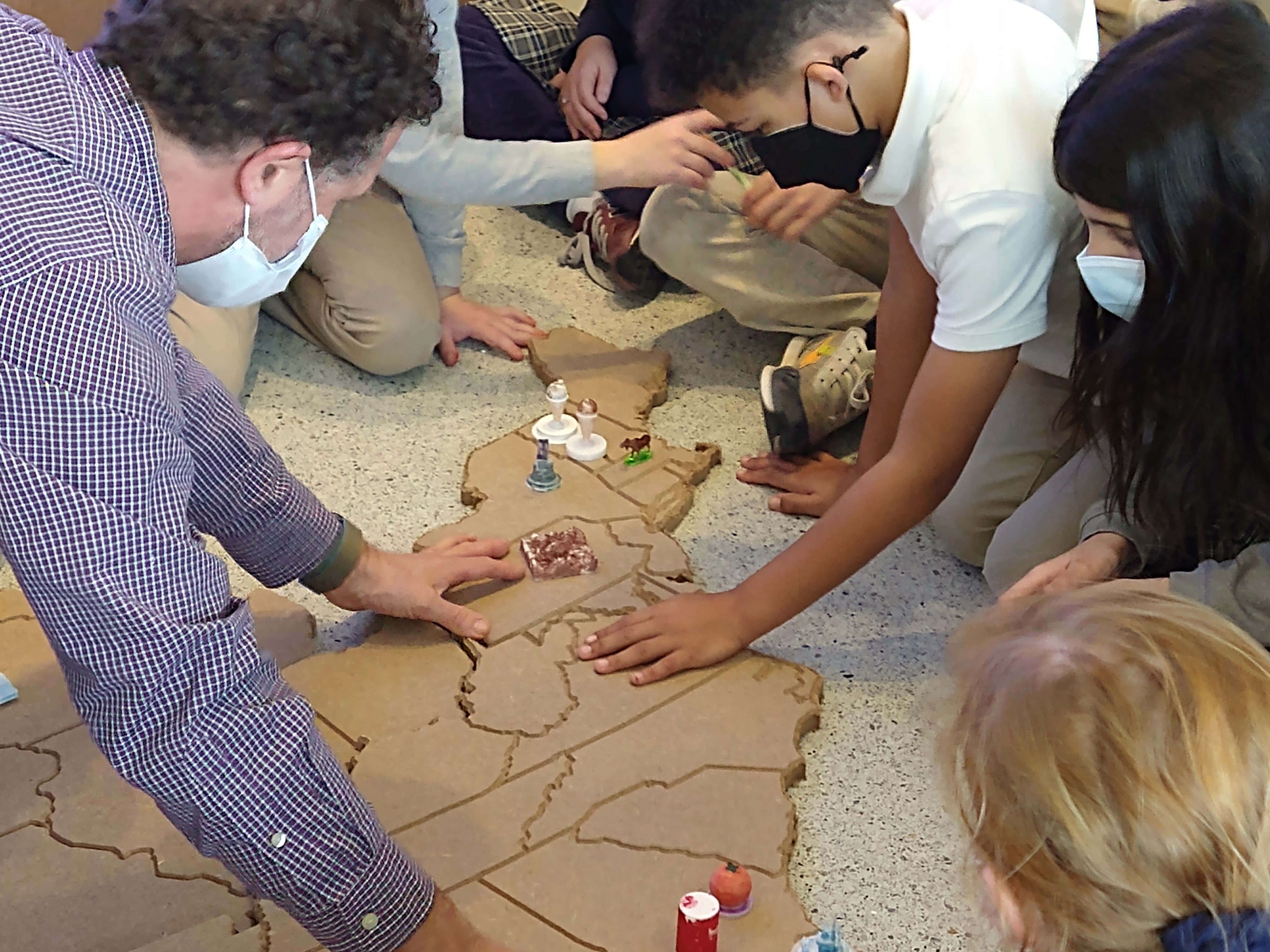Imitation, Modification, Innovation: Three Steps for Teaching Making

Many maker educators struggle with the idea of prepackaged "kit" projects, and many students struggle to come up with ideas when given open ended prompts and creative freedom. What is the value in a design challenge that leads to impossible or unrealistic solutions? Has a student who followed step by step instructions really built a robot? These are challenging questions in many educational Makerspaces.
In this presentation I will discuss three modes of making; imitation, modification, and innovation. Each of these three methods teaches different skills and requires familiarity with the others to be successful. I will share example of these three methods, what can be learned from each, and how to assess student performance in these tasks.
Matt Zigler

About them: Matt Zigler is a teacher, artist, and maker. He is currently the Bullis Innovation and Technology Lab (BITlab) Coordinator at Bullis School in Potomac, Maryland, where he with students and teachers to bring design thinking and the Maker process into traditional content area classes, teach Maker related classes, and oversees a state of the art Makerspace and Fab Lab. Matt has presented on how to design and build a Makerspace that meets the needs of your school, how to create a culture of Making and innovation, and how to develop Maker programming for all levels of ability, K-12. Matt holds an MFA from the University of the Arts in Philadelphia, PA